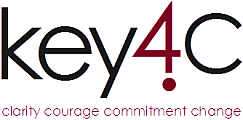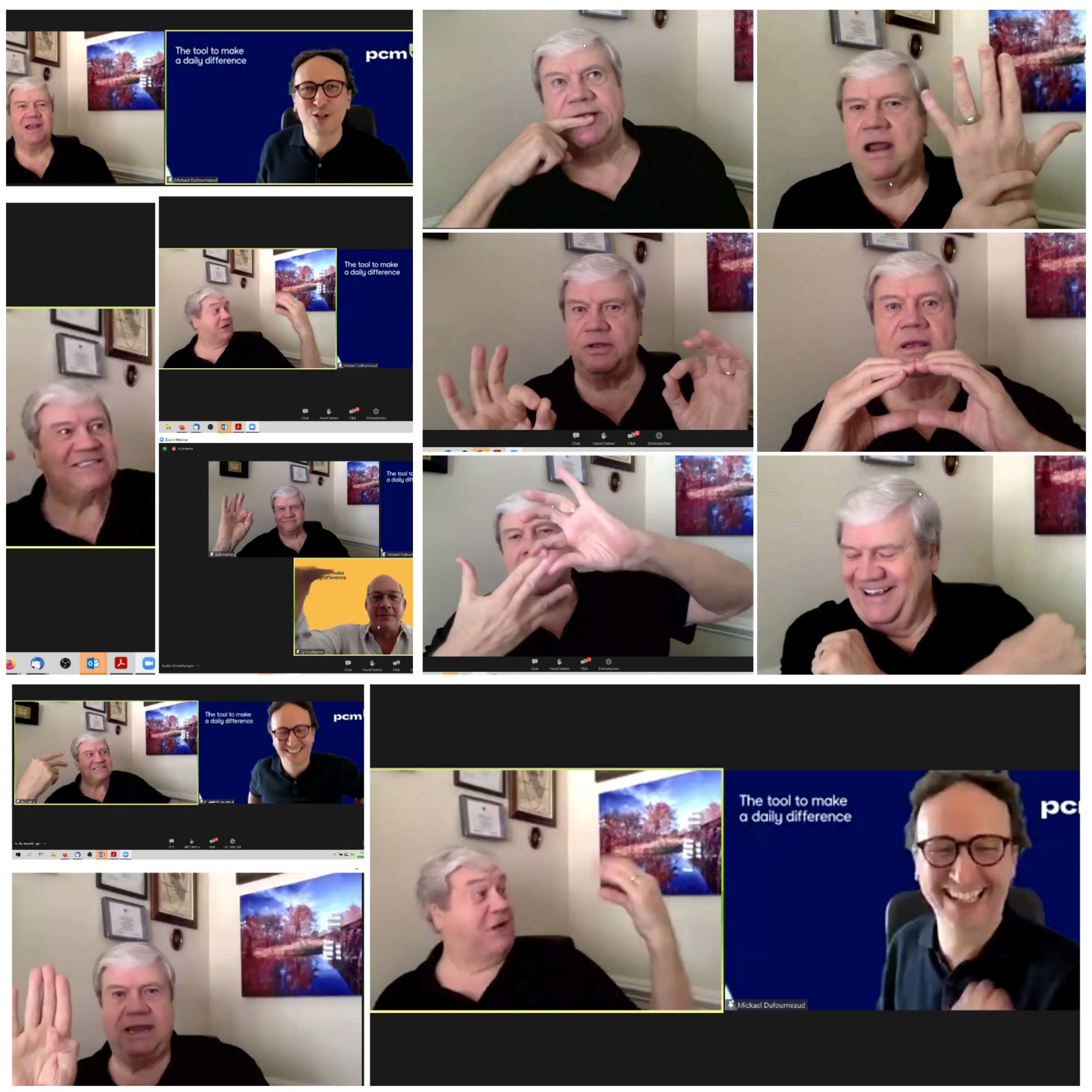How can our perspective on us and on our work environment influence our results and relationships?
After one year of Covid and lockdown how are you looking on what has been happening and how do you feel mentally?
I myself started off last year planning short-term and solving momentary problems like how to shift on-site coaching and training into the virtual world and how to balance business, homeschooling, familiy and partnership.
Sometimes I felt strong and able and sometimes simply being pushed and driven. Sometimes I saw myself at the steering wheel and sometimes I saw myself being tossed around not knowing where to turn next. This situation also influenced my thoughts, emotions and how I reacted on others and on situations.
Not feeling in control of my emotional state and my thoughts wasn’t me. At that time I came across a mental fitness training program. I have studied it and practice it since with great impact. Mental strength according to Positive Intelligence founder Shirzad Chamine is „the ability of your mind to manage your thoughts, emotions and actions in a positive and constructive way when being faced with difficult situations.“
Here are some ahas and quick wins for you to use right away:
Our brain is sometimes our enemy and sometimes our friend:
In 2005, the National Science Foundation published an article summarizing research on human thoughts per day. It found out that the average person has about 12.000 to 60.000 thoughts per day. Of those thousands of thoughts, 80% were negative, and 95% were exactly the same repetitive thoughts as the day before. So one of the tendencies of our mind is to focus on the negative and even repeat the negative stuff. There was another study of 2005 from Cornell Universtiy. Scientists had found out that 85% of what we worry about never happens. And from the 15% of the worries that did happen 79% could either be handled a lot better than expected, or the difficulty granted them a highly valuable learning. All in all, the conclusion is that 97% of our worries are baseless and result from an unfounded pessimistic perception.
As our fears often sneak in unconsciously, is there a way to control those unproductive thoughts and emotions?
Become aware of your mental traps and intercept your saboteurs:
The first step is become aware when those saboteurs turn up causing negative thoughts and emotions. If you can label them, you can control them and get rid of them. That’s why it is highly relevant to become aware of the assumptions and lies they tell you and of the negative impacts these saboteur attitudes, thoughts and emotions have on yourself and others. This helps unmask and dismiss them.
To only name a few: Do you know and recognize the hyper-achiever in you or others telling that you must be best to be worthy. Or maybe there is the stickler preaching perfectionism or a hyper-vigilant with chronic doubts who sees risks everywhere and cannot rest. Or what do your saboteurs want you to believe?
Stay in self-command mode
What is a good way out once you named and intercepted your saboteurs?
By consciously focusing on sensations you can actively shift from your saboteur brain where stress reactions reside to your sage brain where creativity and clear laser-focused actions prevail. By this, you run your brain rather than let your saboteurs run you.
Here is a little exercise to try out. It may seem silly and it is highly impactful, as personal experience shows and research proves. You can use your sense of touch to activate your self-command:




 Touch one device (pen, paper, coffee cup, glass of water) in front of you and really feel the temperature, texture and sensations on your finger tips. Maybe move your finger tips slowly so you can feel more sensations.
Touch one device (pen, paper, coffee cup, glass of water) in front of you and really feel the temperature, texture and sensations on your finger tips. Maybe move your finger tips slowly so you can feel more sensations.
 Let’s think positive using perspective. Bring to mind something that has been bothering you.
Let’s think positive using perspective. Bring to mind something that has been bothering you.

